Here are some of Caravaggio’s works featured in my novel A Name in Blood
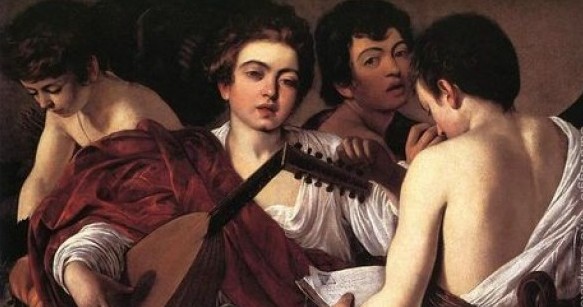
Young Caravaggio’s self-portrait is second from the right. 1595, age 23 or 24. Center, a Spanish castrato and pal of C’s.
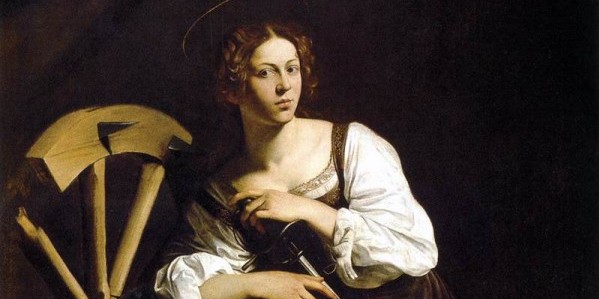
This painting first made me fall in love with Caravaggio. I was alone with it in the room where it’s housed in a Madrid museum. The saint, who’s about to meet her death, seemed to watch me. I couldn’t leave. It was as though I was abandoning her to her fate.
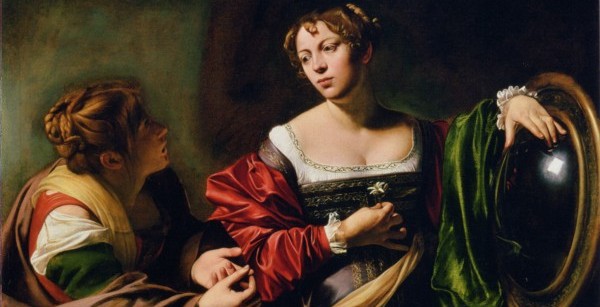
Fillide again, with a second woman whose beauty is so much greater for the way Caravaggio disguises her in the shadow. The convex mirror may be a clue to Caravaggio’s use of projected images to help him paint an exact, almost photographic, image.
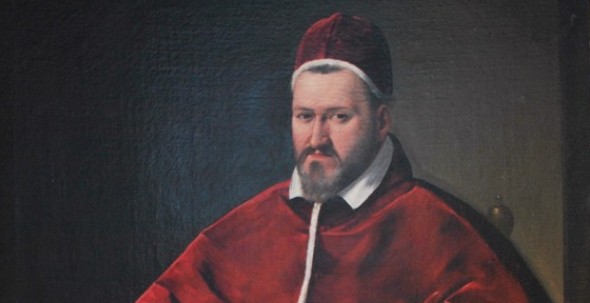
The nasty, grasping little eyes of Pope Paul V truly raise the hairs on the back of your neck when you’re before this painting (which is in a private collection). Caravaggio was no flatterer.
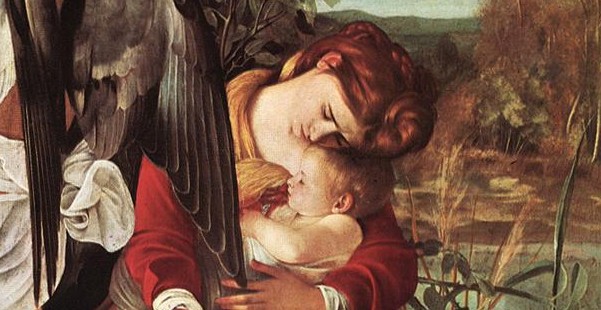
Model for the virgin was C’s friend Anna Bianchini, a whore who died young of syphilis.
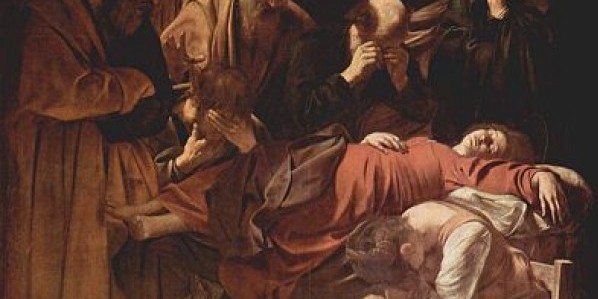
Artistic and religious convention had the Virgin rising up to heaven with the angels. Caravaggio painted her — his model Lena in this case — as an absolutely dead woman. It looks better to us, for that reason. To contemporaries it was blasphemy.
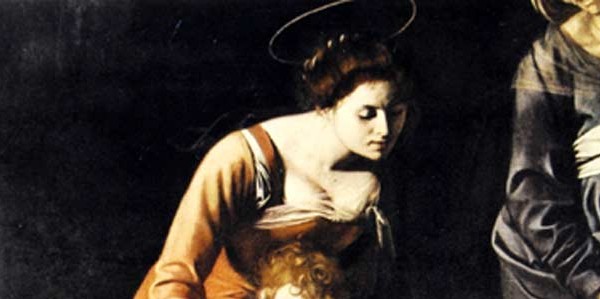
Much of what happens in A NAME IN BLOOD was dictated by the attraction I felt to the Madonna here — or more specifically to Lena Antognetti, Caravaggio’s model and, I believe, lover.
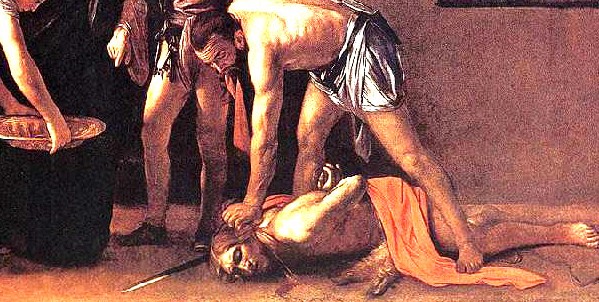
Standing in the cavernous oratory in the Maltese capital Valletta where this masterpiece hangs is like watching a movie unfold before you. It’s a still image, yet Caravaggio captured what went before and what was to come. I believe he changed his technique to make this possible. It’s central to the art story-arc of A NAME IN BLOOD.
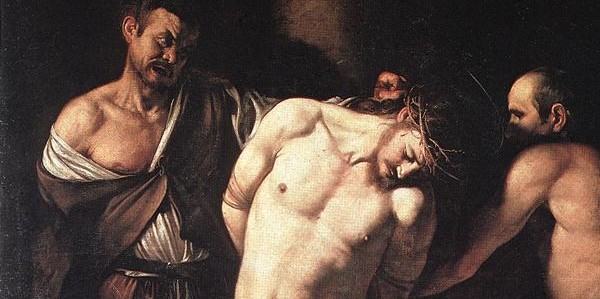
The Flagellation of Christ is approached down a long gallery through other smaller galleries at the Capodimonte in Naples. Though you pass by masterpieces by Raphael et al, you have eyes only for this shocking, shadowy work. No artist can make everything else in a gallery seem like rubbish the way Caravaggio can.
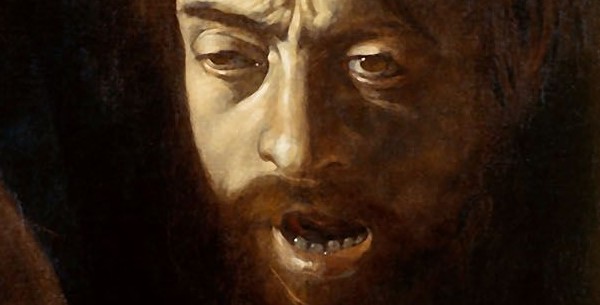
The most horrifying and personal of Caravaggio’s biblical images. Probably the last thing he painted, while he was in Naples in 1610, staying with his patroness Costanza Colonna.
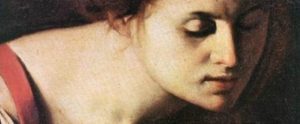
 Behind the Book: Mozart’s Last Aria
Behind the Book: Mozart’s Last Aria